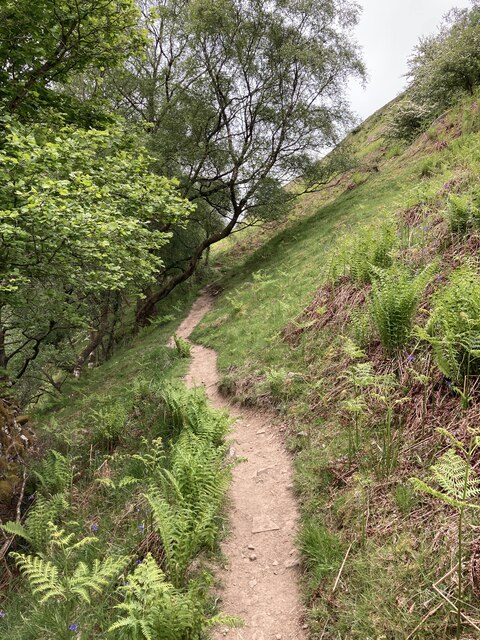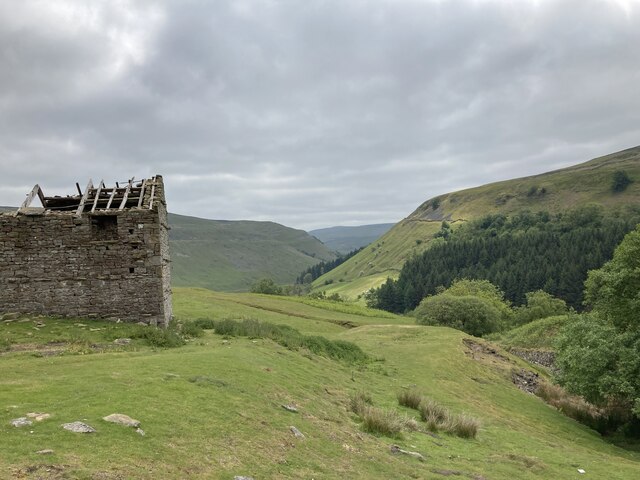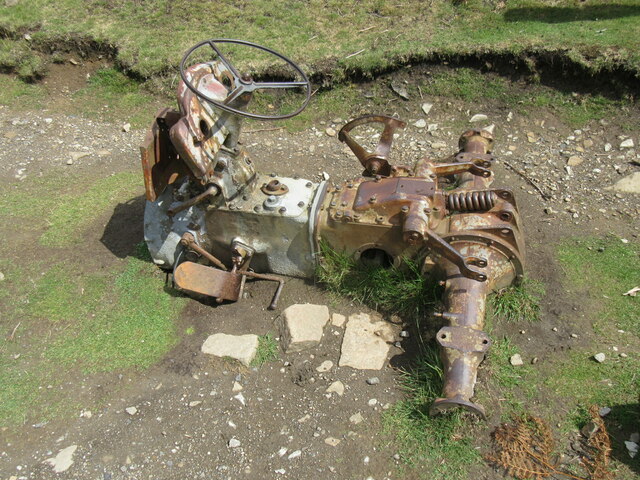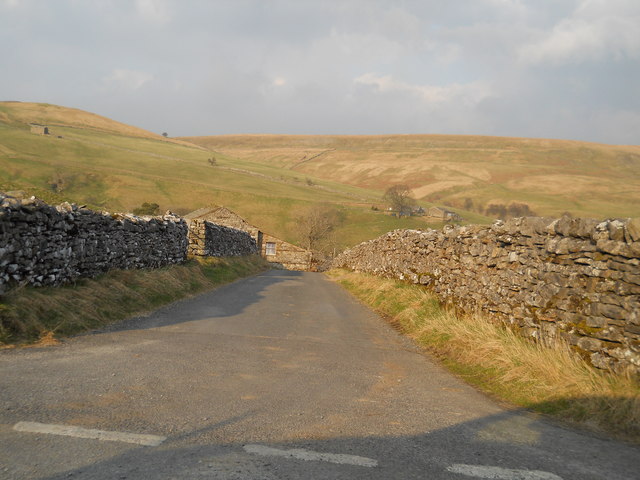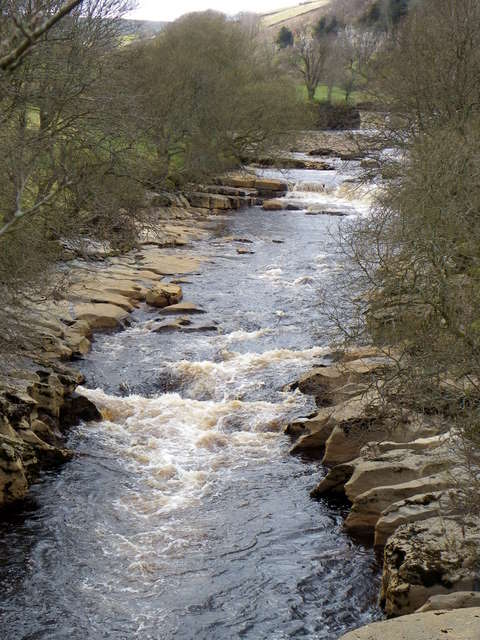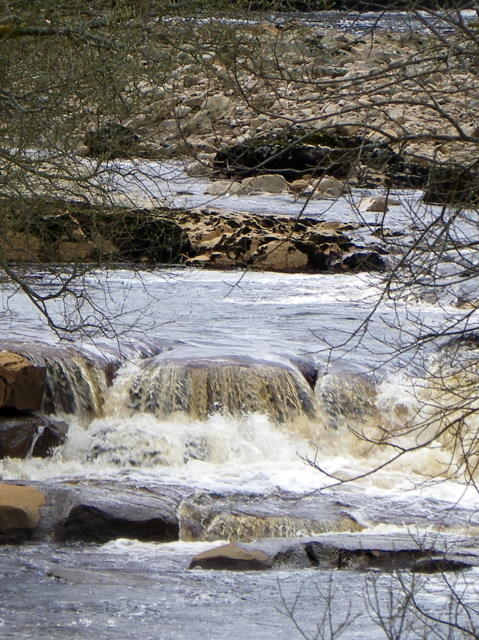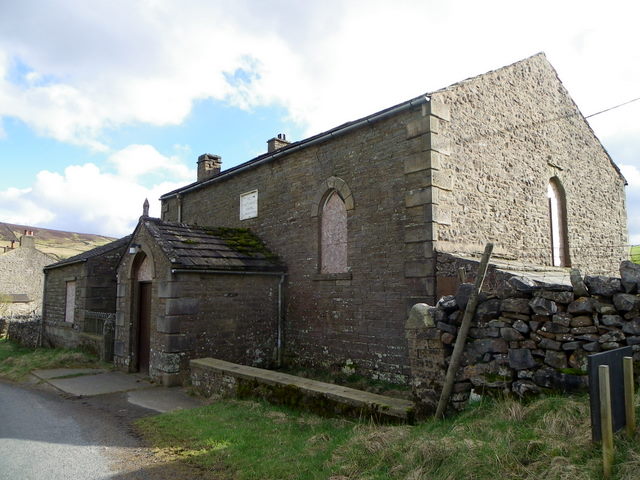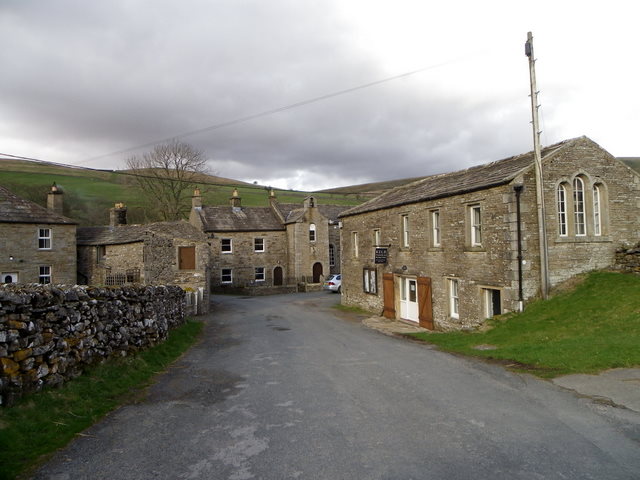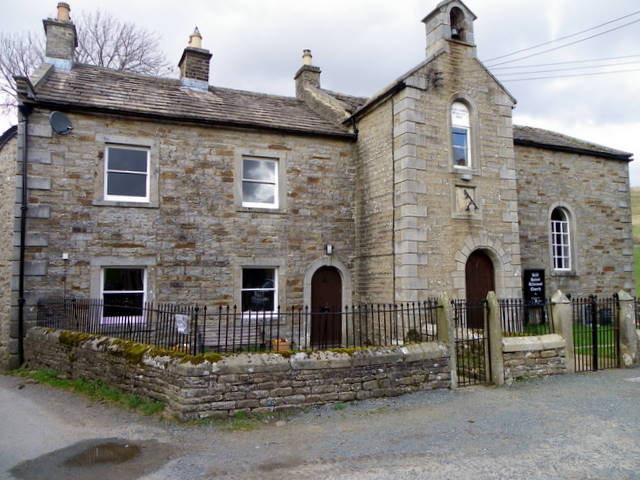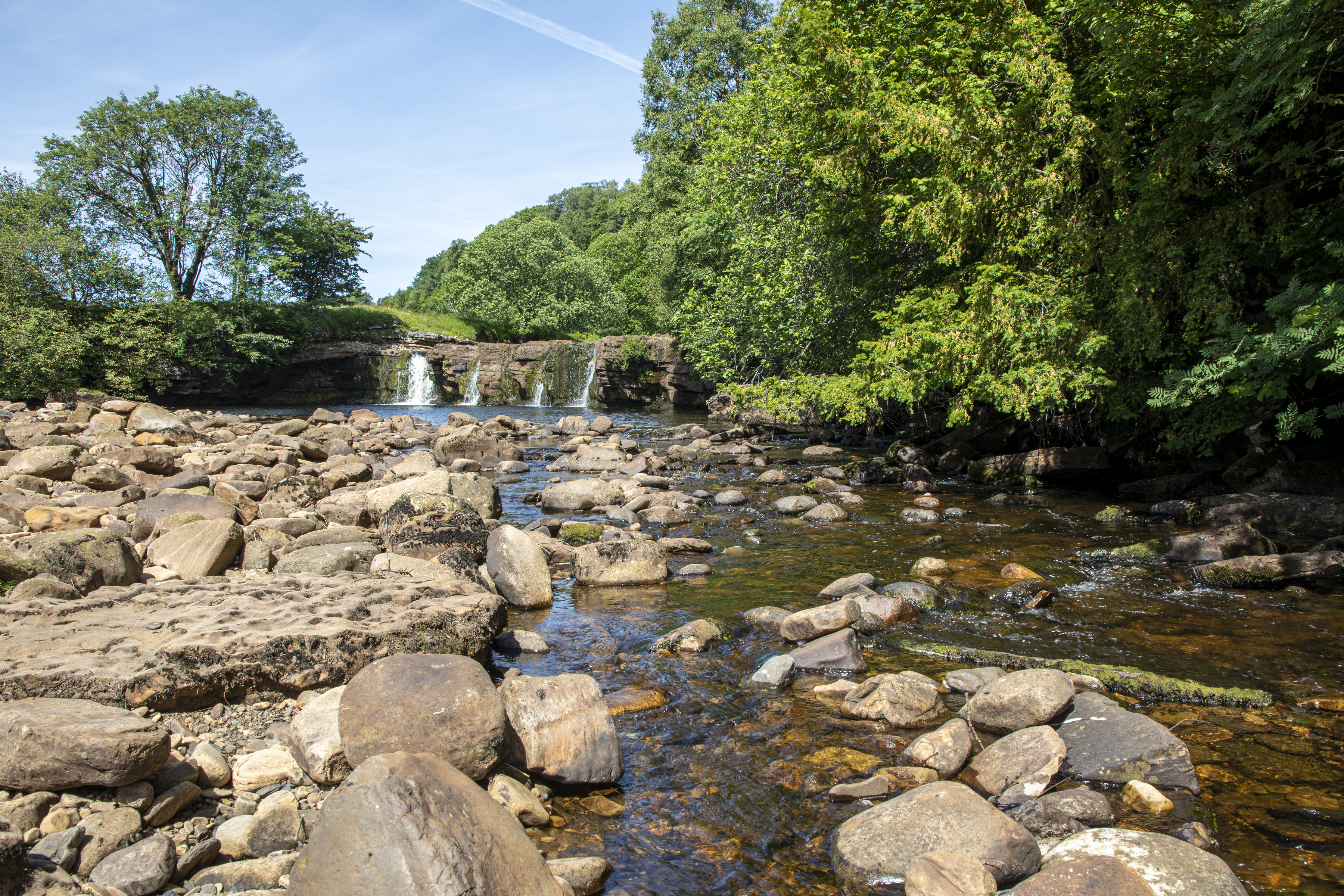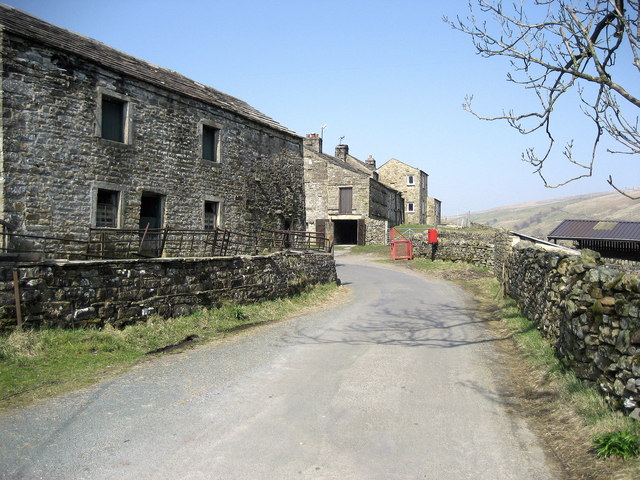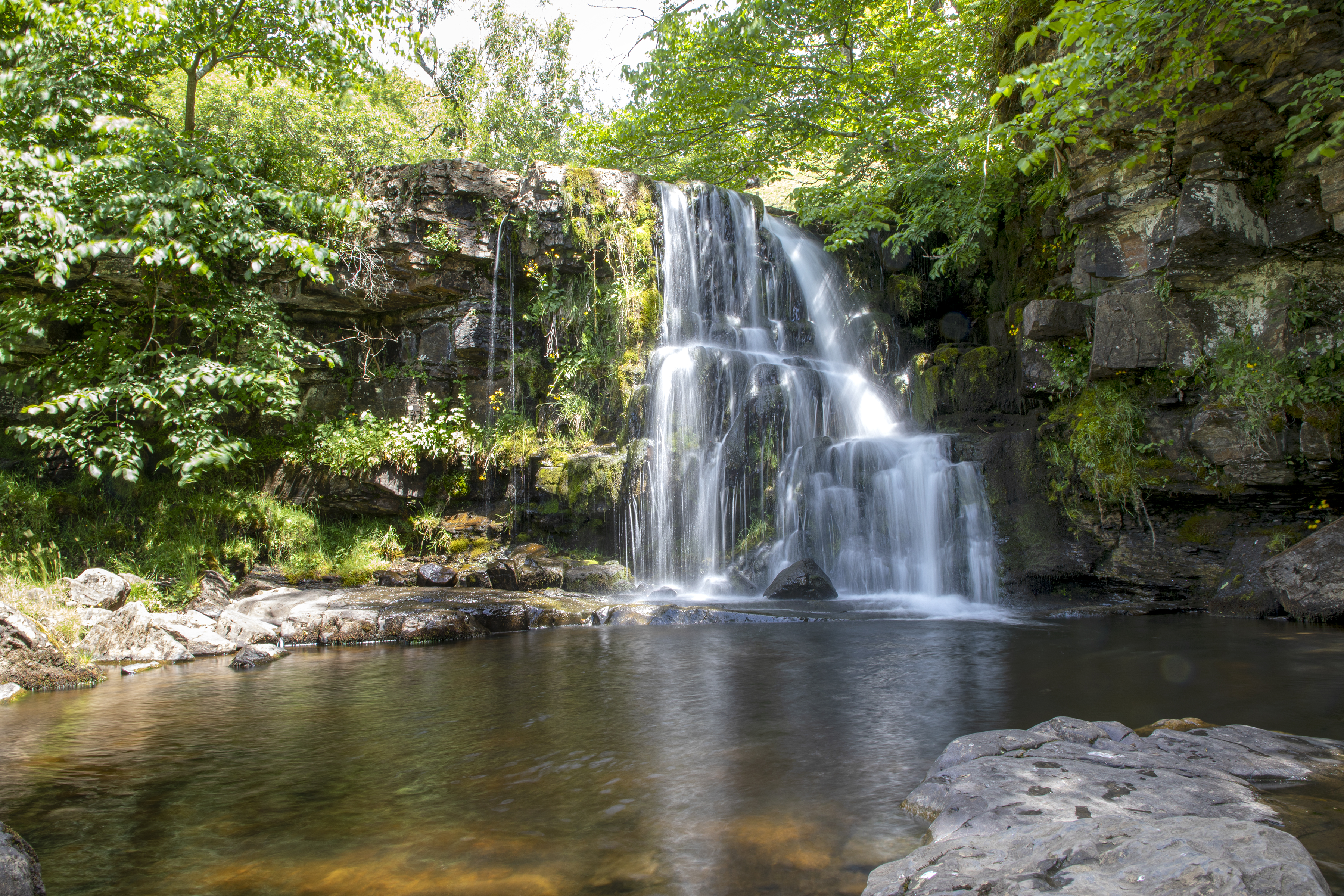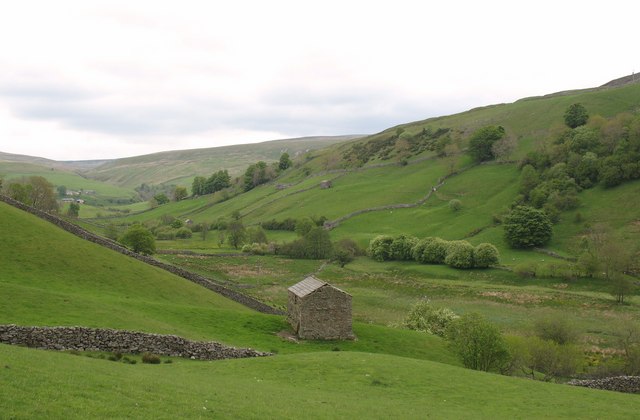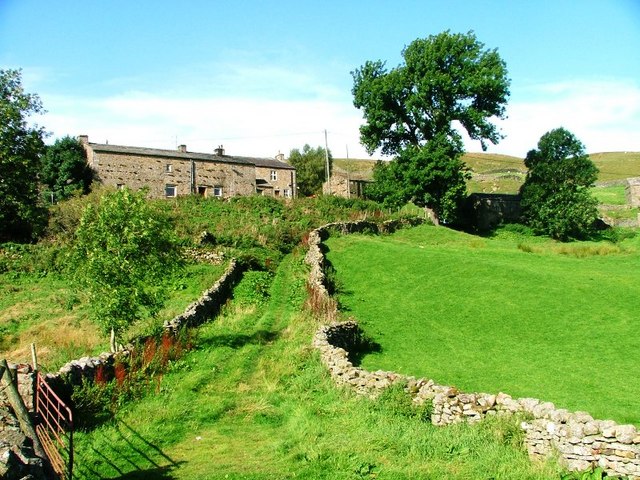Silver Hill
Hill, Mountain in Yorkshire Richmondshire
England
Silver Hill
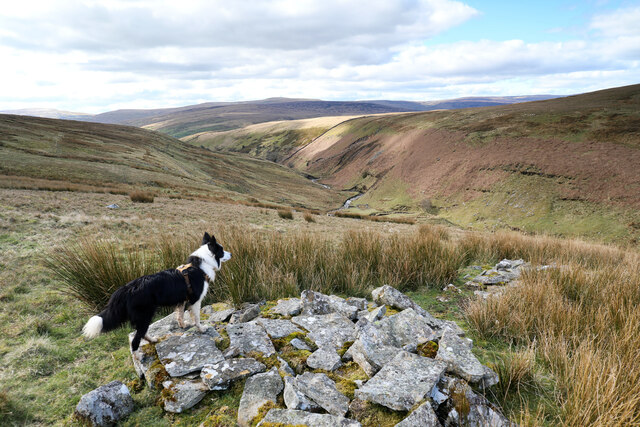
Silver Hill is a prominent natural landmark located in the county of Yorkshire, England. Situated in the picturesque countryside, the hill is renowned for its breathtaking views and diverse geographical features. Rising to an elevation of approximately 500 meters above sea level, it is considered one of the highest points in the region.
The hill is characterized by its distinctive silver-gray appearance, owing to the presence of exposed limestone rocks on its slopes. These rocks contribute to the unique charm of the landscape, creating a shimmering effect when reflecting sunlight. The summit of Silver Hill offers panoramic vistas of the surrounding countryside, providing visitors with a stunning backdrop of rolling hills, lush green valleys, and sparkling rivers.
The area surrounding Silver Hill is rich in biodiversity, hosting a variety of plant and animal species. The hill supports a diverse range of flora, including heather, mosses, and wildflowers, creating a vibrant tapestry of colors during the blooming seasons. As for wildlife, it is not uncommon to spot birds of prey soaring above, such as kestrels and buzzards.
Silver Hill attracts outdoor enthusiasts and nature lovers from far and wide, offering numerous walking trails and hiking routes that cater to all levels of experience. The hill serves as an ideal destination for those seeking tranquility, adventure, or simply a respite from the hustle and bustle of city life.
In conclusion, Silver Hill in Yorkshire stands as a remarkable natural wonder, with its shimmering limestone rocks, breathtaking views, and abundant wildlife. It is a cherished gem of the region, inviting visitors to immerse themselves in the beauty and serenity of the Yorkshire countryside.
If you have any feedback on the listing, please let us know in the comments section below.
Silver Hill Images
Images are sourced within 2km of 54.409367/-2.1754338 or Grid Reference NY8801. Thanks to Geograph Open Source API. All images are credited.

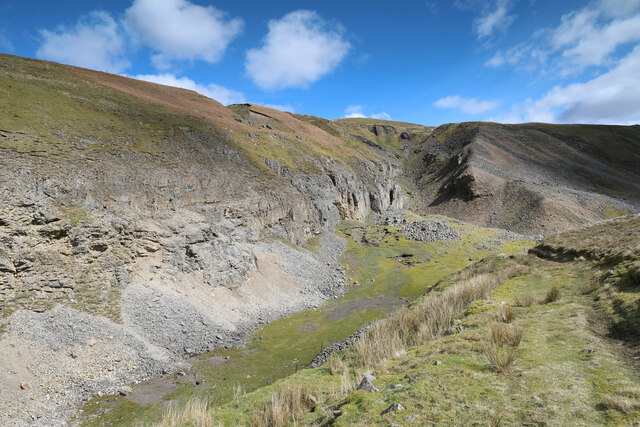

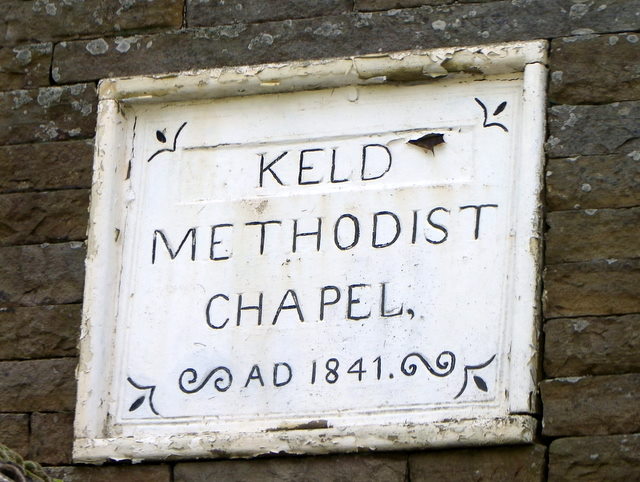
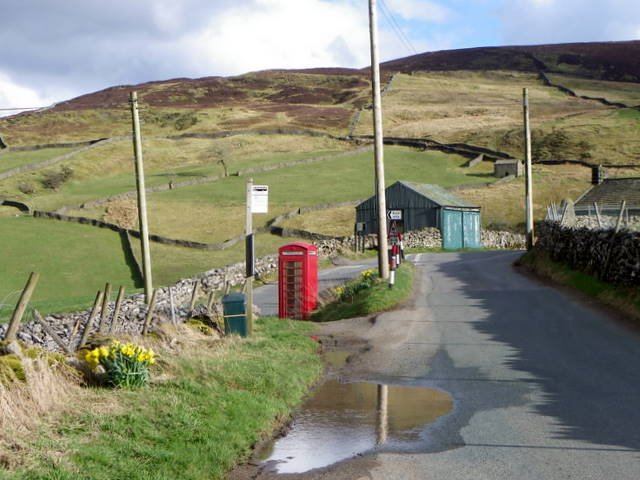

Silver Hill is located at Grid Ref: NY8801 (Lat: 54.409367, Lng: -2.1754338)
Division: North Riding
Administrative County: North Yorkshire
District: Richmondshire
Police Authority: North Yorkshire
What 3 Words
///jolt.podcast.overused. Near Kirkby Stephen, Cumbria
Nearby Locations
Related Wikis
Wain Wath Force
Wain Wath Force is a waterfall on the River Swale in the Yorkshire Dales National Park, North Yorkshire, England. The falls are at grid reference NY883015...
West Stonesdale
West Stonesdale is a hamlet in the Yorkshire Dales, North Yorkshire, England. The secluded village is near Keld to the south, Tan Hill to the north and...
Keld, North Yorkshire
Keld is a village in the English county of North Yorkshire. It is in Swaledale, and the Yorkshire Dales National Park. The name derives from the Viking...
East Gill Force
East Gill Force is a waterfall in Swaledale, 330 yards (300 m) east of the hamlet of Keld, in the Yorkshire Dales National Park, North Yorkshire, England...
Catrake Force
Catrake Force is a waterfall on the River Swale in North Yorkshire, England. It is not visible from the road but is accessible via a campsite in Keld....
Kisdon Force
Kisdon Force is a series of waterfalls on the River Swale in Swaledale, England. The falls are situated within the Yorkshire Dales National Park in the...
Angram Bottoms
Angram Bottoms (grid reference SD891999) is a 9.8 hectares (24 acres) biological Site of Special Scientific Interest (SSSI) near to the village of Angram...
Angram, Richmondshire
Angram is a hamlet in the Yorkshire Dales in the Richmondshire district of North Yorkshire, England. It is situated near to Keld to the north and Thwaite...
Related Videos
Coast to Coast: Solo Hiking Across the Country - Day 8 (4K)
Join me on Patreon! https://www.patreon.com/TinyPineOutdoors Day 8 of solo hiking the Coast to Coast, my mum dropped me off ...
Swaledale Burrow Holiday Pod Installation | Yorkshire Dales
A sped up video that shows the holiday pod being lifted and lowered into position in Upper Swaledale, North Yorkshire.
The Coast To Coast Walk - England - May 2017 - Day 8 - The Smug Sisters.
"The Smug Sisters" - Julie & Heather Dixon, continue their walk from Keld to Reeth, following Wainwright's Coast to Coast, on 12th ...
Nearby Amenities
Located within 500m of 54.409367,-2.1754338Have you been to Silver Hill?
Leave your review of Silver Hill below (or comments, questions and feedback).
